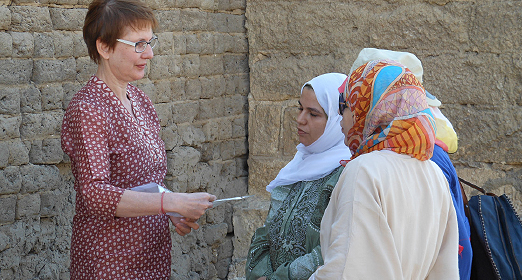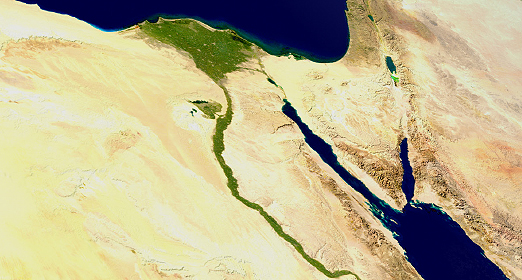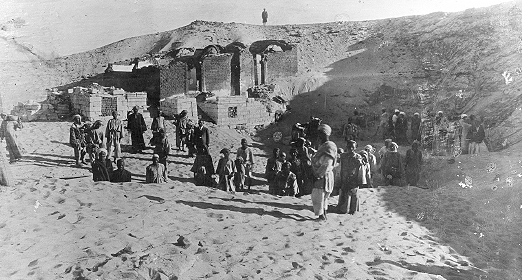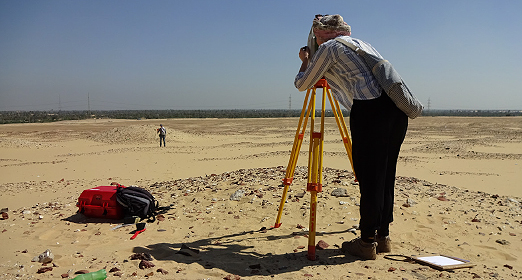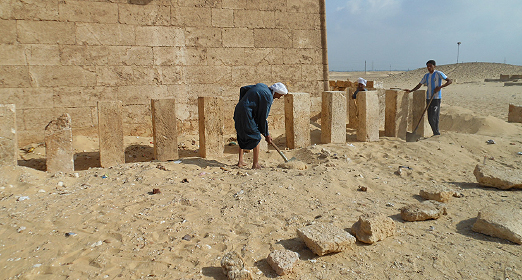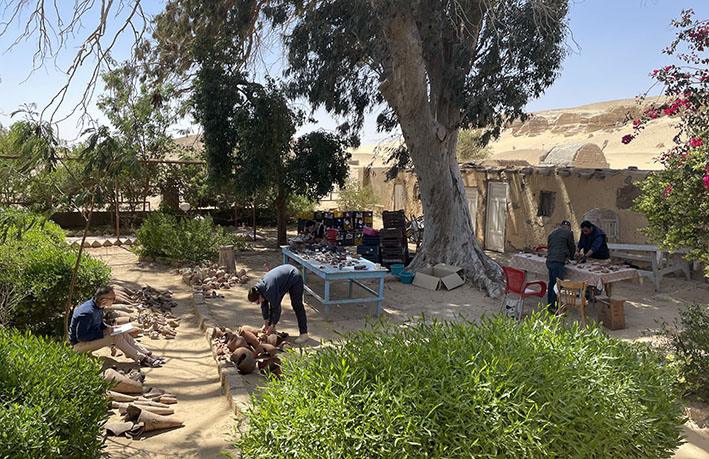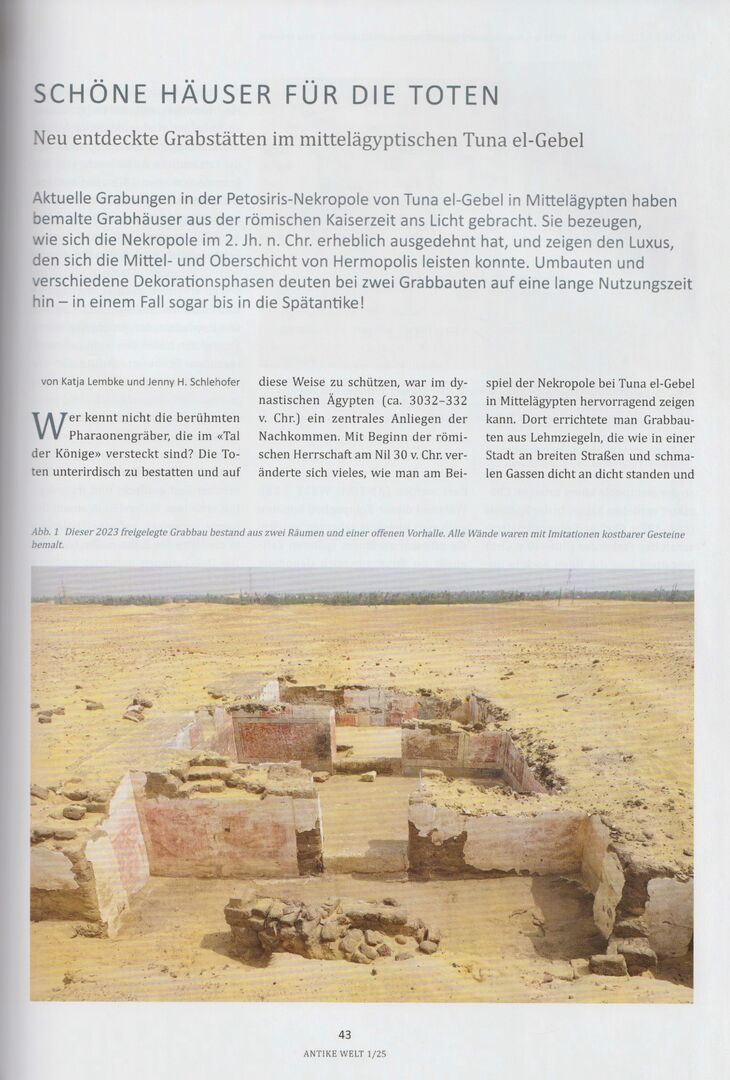Discover the largest cemetery of Graeco-Roman Egypt
Temples, houses and tombs, animal worship and human necropolis – Tuna el-Gebel is a fascinating site about 270 km south of Cairo, as long as the crow flies. Since more than 100 years archaeologists attempt to discover the secrets in the sand of the desert. Most of the buildings belong to the Ptolemaic and Roman period between 300 BC and 300 AD.
To the south of the site a large cemetery is located. The first tombs were erected in this area around 300 BC. Being built of local shell-limestone and having a temple-like structure, the excavator Sami Gabra named them »temple tombs«. The early Roman period, if not before, saw the building of the first mud brick tombs at the site called »house tombs« according to the material and the design. As a result of the new building technique, the urbanization of the cemetery increased, and more and more people were buried in this area. Finally, the necropolis converted to a city-like structure from north to south, within its core the famous tomb of Petosiris.
Succesful Excavation Season and News
Donate Today
This website is maintained by the Tuna el-Gebel project under the direction of the Landesmuseum Hannover, Germany.
You can help! Please make a donation and sign up for updates. Thanks!




